“Location, location, location” may be a cliché, but for retail leaders, it’s still a foundational truth. The real question now is: Where is the right location today—and what defines it?
The answer is no longer confined to traditional high-traffic hubs. The right location can accelerate growth, increase brand visibility, and deepen consumer engagement. The wrong one? It can drain resources and even lead to store closures.
In a post-pandemic world shaped by migration patterns, remote work, and evolving consumer expectations, forward-thinking retailers are reexamining their market strategies—and discovering that the next wave of opportunity often lies outside the usual suspects.
Why Emerging Markets Deserve Attention
Where is retail growth actually happening—and why? Increasingly, brands are finding success outside of legacy retail corridors. Emerging markets are delivering the foot traffic, demographic momentum, and economic incentives that brands need to thrive in a competitive landscape.
“Consumers want and crave variety, diversity, and choice. You can maintain a national footprint and effectively leverage regional and localized design. Bringing these strategies to scale can be a differentiator for retailers who want to thrive, not just survive,” says Carrie Barclay, President and CEO of ASG.
Retailers that balance broad reach with local relevance—and choose markets aligned with shifting consumer patterns—are best positioned to lead in the next phase of retail expansion.
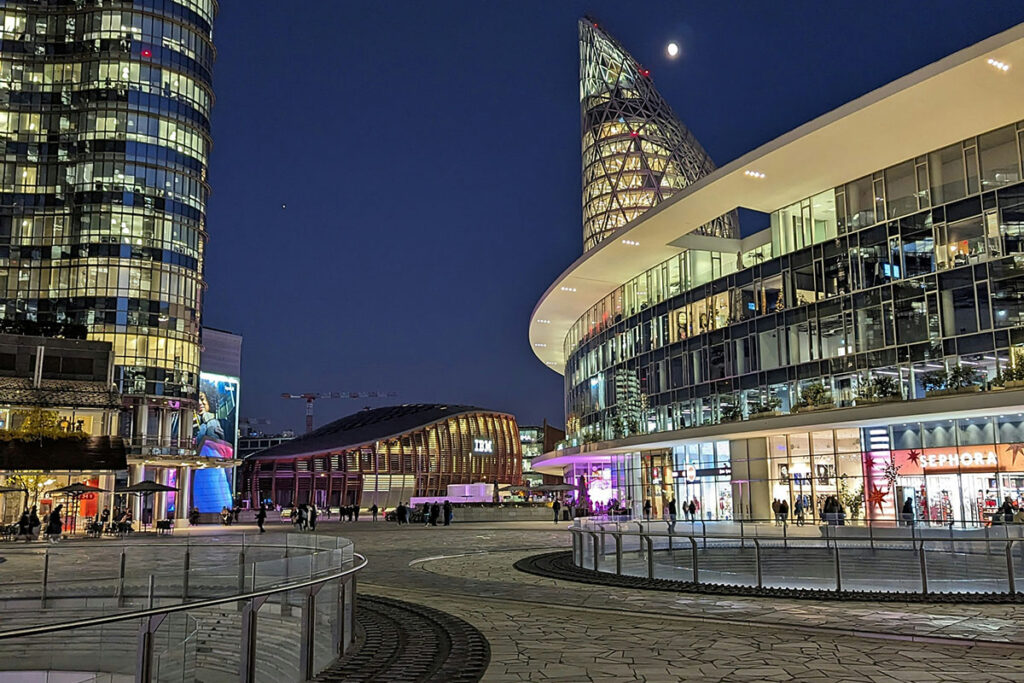
Data Is the Starting Line
Retail site selection has always been about understanding the customer. But today, that understanding must be built on real-time data—not legacy insights. Post-pandemic consumer behavior has evolved dramatically. Where people live, how they shop, and what drives their purchasing decisions have all shifted. Relying on outdated assumptions is a fast track to missed opportunities.
“It’s critical to understand how markets develop and how they’re changing,” says Doug Tilson, head of tenant representation at ASG. “That insight only comes from access to accurate, current data. When paired with the right retail partner, it becomes a powerful tool for navigating an evolving real estate landscape.”
Brands that use data to align location strategy with consumer movement, regional growth, and behavioral trends will be the ones to capture lasting value.
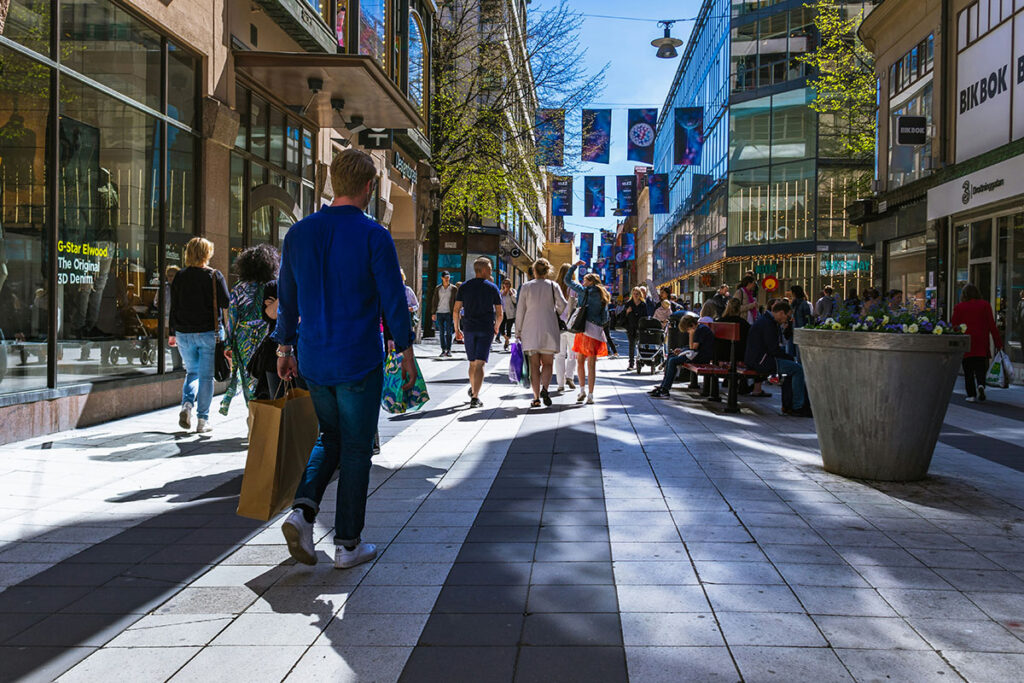
The Sun Belt Surge
As retailers look to the future, one trend is clear: growth is moving south. The Sun Belt—spanning cities like Dallas, Miami, Tampa, Houston, Phoenix, and Charlotte—is attracting significant investment from brands seeking long-term expansion. These markets offer a powerful combination of population growth, economic vitality, and cultural momentum.
Today, 9 of the top 10 fastest-growing retail markets are located in the Sun Belt, with Columbus, Ohio, standing as the lone outlier. These cities are no longer emerging—they’re establishing the next era of dominant retail hubs. For retailers looking to expand strategically, the Sun Belt presents not just a trend, but a long-term opportunity to align with where consumers—and capital—are going next.
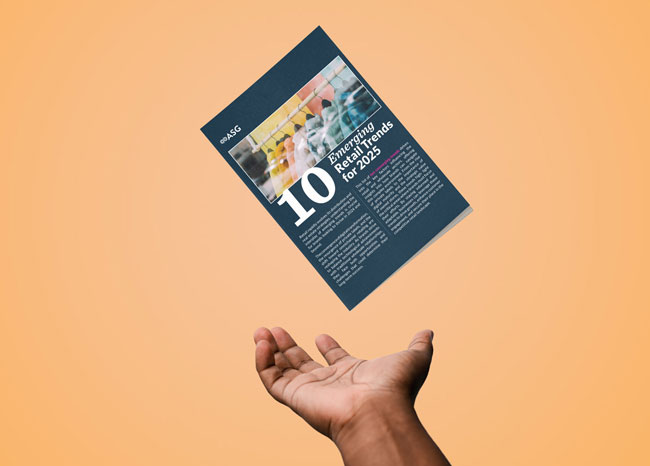
Dallas: A Retail Powerhouse Reinvented
Dallas has long been a major retail destination—and despite headlines like Neiman Marcus closing its 120-year-old flagship, the city is far from fading. In fact, the closure had more to do with corporate consolidation than consumer demand. Dallas continues to evolve, and the next generation of retail is already moving in.
Luxury brands like Prada, Dior, and Diptyque are expanding their footprint in the city. Fashionphile and Dick’s House of Sport are joining the mix, signaling a strong appetite for both experience-driven and high-end retail. Meanwhile, grocery giant H-E-B is making a strategic play with its first location inside the city loop, acquiring 10 acres for development.
Big things are coming: In 2026, the Design District will welcome The Seam, a 160,000-square-foot mixed-use development bringing together retail, wellness, dining, and green space—further cementing Dallas as a dynamic retail hub. For retailers seeking a market that blends scale, incentives, and a deep talent pool, Dallas offers both stability and forward momentum.
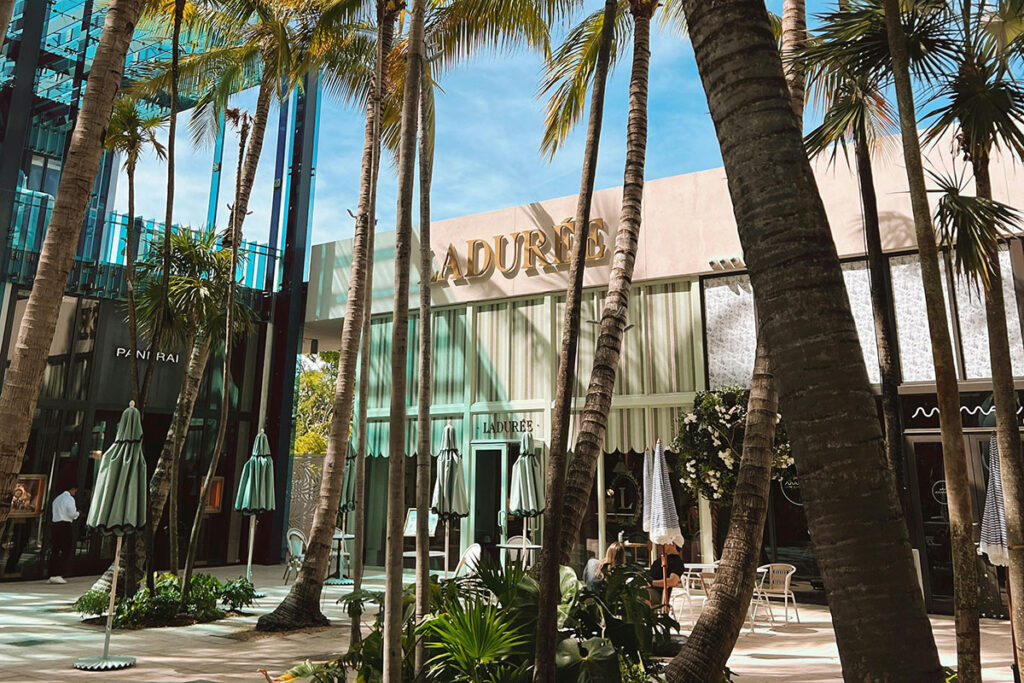
Miami: The Gateway to Global Retail
Miami has transformed from a seasonal destination into a year-round retail powerhouse. Ranked the #1 city for retail therapy by StorageCafe, Miami offers more than palm trees and nightlife—it’s a critical entry point for international brands, particularly from Latin America, and a magnet for luxury retail.
Major players are planting flags in prime locations. In late 2024, The Container Store opened at Miami Worldcenter, joining a wave of activity in this high-traffic development. Apple followed suit with a flagship presence there, while Burlington added two new stores in Miami-Dade in the same quarter.
With elite shopping districts like Brickell City Centre and the Miami Design District, the city continues to attract global brands looking to establish or scale their U.S. presence. For retail executives, Miami offers a unique mix of international reach, high-income shoppers, and a thriving tourism economy—making it one of the most strategically valuable markets in the country.
Tampa: A Rising Star in Southeast Retail
Long overshadowed by its flashier Florida neighbors, Tampa is quickly emerging as a retail growth market in its own right. The city’s unique blend of young professionals, retirees, and steady tourism creates a versatile customer base—and it’s attracting attention.
Tampa’s local government continues to promote a business-friendly climate, citing favorable tax structures, development incentives, and strong infrastructure. That support is fueling modern, mixed-use developments like Midtown Tampa, which blends retail, dining, and entertainment to meet evolving consumer expectations.
The city’s growth is also visible in its rising population and expanding labor force—two critical factors for retailers seeking long-term viability. For brands looking to stake a claim in Florida without the saturation of Miami or Orlando, Tampa offers upside, accessibility, and a strong quality-of-life factor that continues to attract both residents and investment.
Houston: Scaling Fast, Building Big
Houston is one of the fastest-growing metro areas in the U.S.—and retailers are taking notice. With a surging population, a diversified economy, and bold infrastructure projects underway, the city is quickly becoming a cornerstone for retail expansion.
Major developments like CityCentre and The Ion Innovation District are redefining the city’s urban core, blending commerce, culture, and tech innovation. A new $90 million retail center is slated to open in 2025 with over 30 businesses, and Texas A&M’s $200 million Space Institute is drawing corporate interest—and retail investment—to the region.
Brands like Perigold are already establishing a foothold, signaling Houston’s rising appeal among both luxury and lifestyle retailers. For executives seeking scalable market entry, Houston offers land, labor, and longevity—a rare combination that positions it as a next-decade retail anchor.
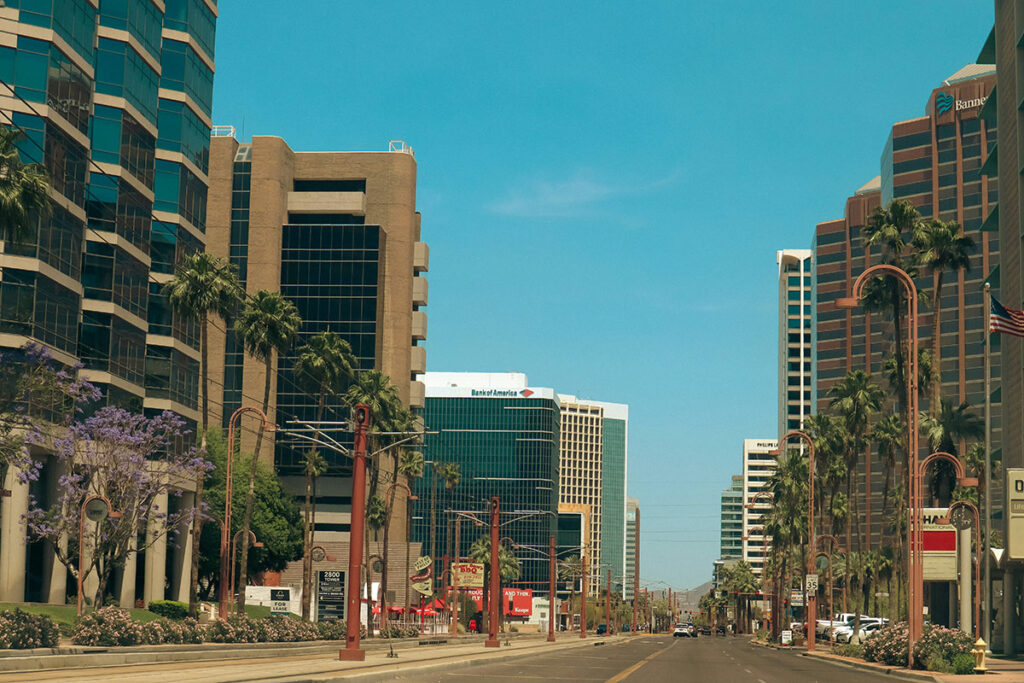
Phoenix: From Retail Desert to Opportunity Oasis
Once considered a retail desert in the wake of the 2008 financial crisis and pandemic disruption, Phoenix is experiencing a dramatic retail resurgence. The city is adding between 80,000 to 100,000 new residents per year, fueling demand for everything from daily essentials to high-end experiences.
With over 300 days of sunshine annually, Phoenix is a magnet for both tourists and transplants. The city’s growing reputation as a foodie destination further enhances its cultural and commercial appeal—making it ripe for experiential retail concepts and hospitality-aligned brands.
Developers are responding in kind. Several malls and open-air centers across the metro are being upgraded or newly built to meet rising demand. For retailers, Phoenix represents a high-growth, under-leveraged market where competition is still relatively light—and the upside is significant.
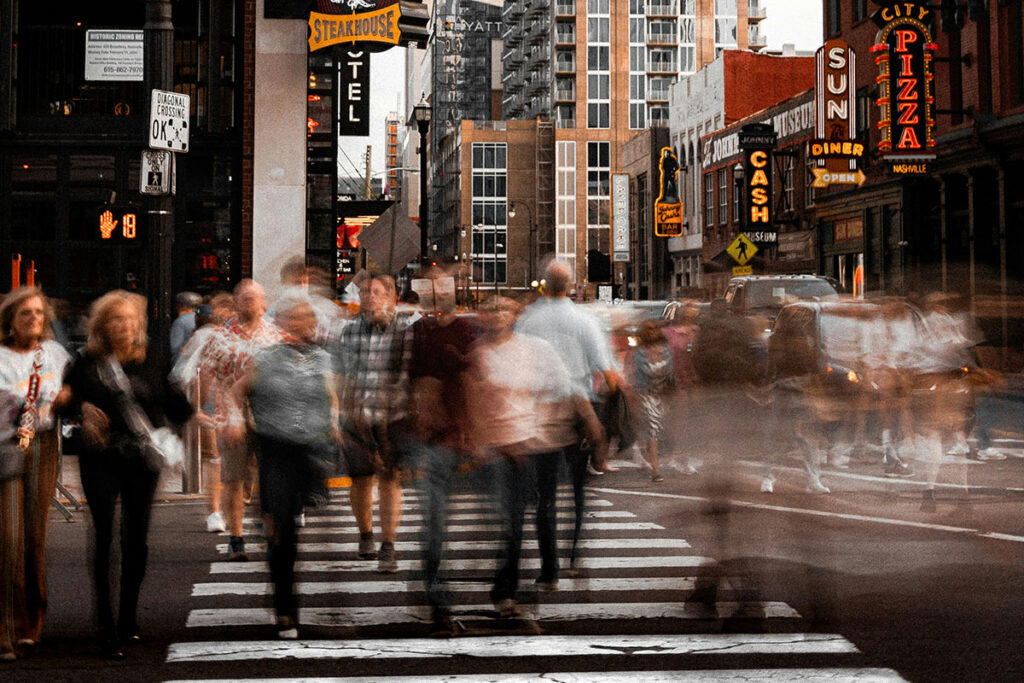
Nashville: More Than Music
Nashville has long been known for its cultural cachet—but it’s quickly becoming a serious contender in retail growth. With a steady influx of new residents, a booming tourism economy, and a strong base of local loyalists, the city offers a unique mix of audience segments that support diverse retail concepts.
The real momentum is in mixed-use developments. Projects like Nashville Yards—which includes The Pinnacle, a 4,500-seat performance venue—are creating built-in audiences for adjacent retail. Meanwhile, Ashwood 12 South is curating a blend of lifestyle and fashion with tenants like SunLife Organics, Reformation, and Todd Snyder. For brands looking to test innovative formats or build presence in a culturally rich, fast-growing metro, Nashville offers a compelling mix of community engagement and retail opportunity.
Why These Markets Matter Now
Retailers focused on long-term growth must look beyond traditional markets. The cities featured here—many in the Sun Belt—offer a rare mix of rising populations, diverse consumers, and pro-business environments.
With strong demand, mixed-use development, and shifting lifestyle patterns, these markets are built for modern retail. They’re not just growing—they’re evolving in ways that align with where consumers are headed. For brands ready to scale strategically, these cities offer more than opportunity—they offer staying power.





